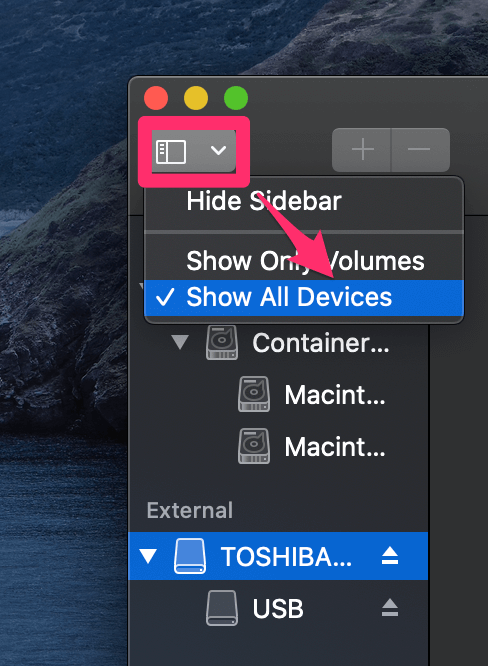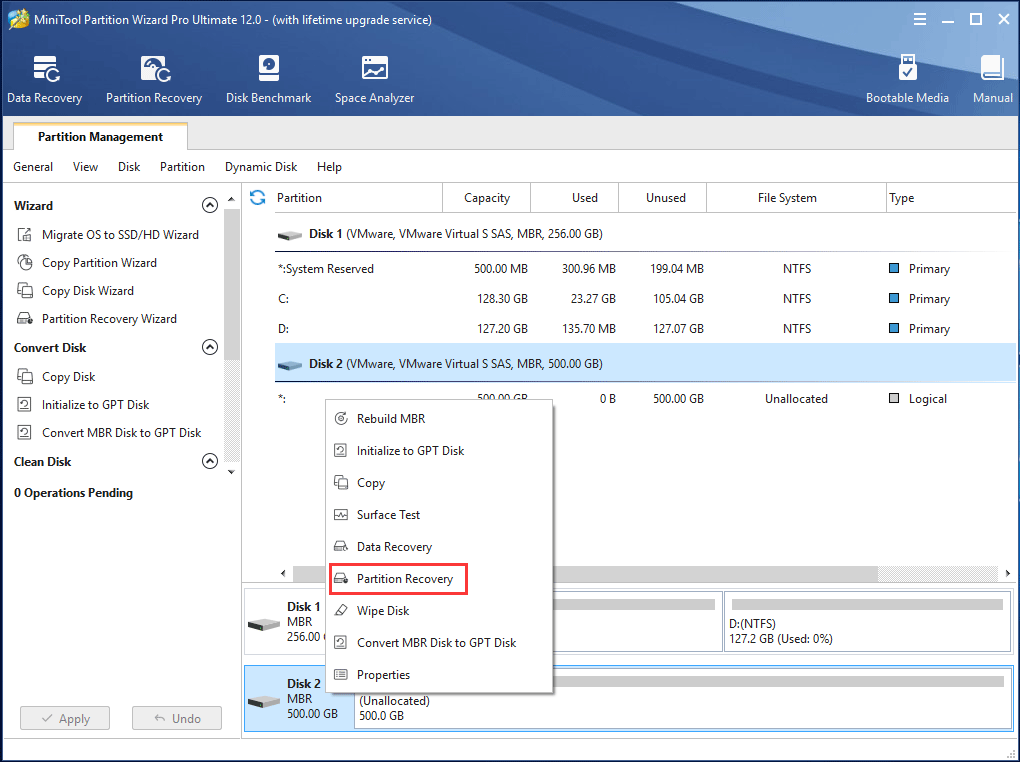


- PARTITION NTFS FORMATTED HARD DRIVE ON PC FOR MAC AND WINDOWS 7 MAC OS
- PARTITION NTFS FORMATTED HARD DRIVE ON PC FOR MAC AND WINDOWS 7 ANDROID

Today, NTFS is used most often with the following Microsoft operating systems:
PARTITION NTFS FORMATTED HARD DRIVE ON PC FOR MAC AND WINDOWS 7 MAC OS
Mac OS computers can read NTFS formatted drives, but they can only get written to NTFS with the help of third-party software.
PARTITION NTFS FORMATTED HARD DRIVE ON PC FOR MAC AND WINDOWS 7 ANDROID
And, because NTFS is designed to work with a Windows operating system, devices that operated from Mac or Android aren’t always compatible. The primary disadvantage of NTFS is that its modern capabilities aren’t accessible to older technology. The number of disk accesses required to access a file.You can control the size of a cluster size based on what’s most important to your organization: The size of each cluster will range from 512 bytes to 64 kilobytes.Each file is distributed and stored in one or more clusters or disk spaces of a predefined uniform size (on the hard disk).Within each partition, the operating system tracks every file stored in a specific operating system.A file gets divided into partitions within the hard disk.The technical breakdown of NTFS is as follow This log is called the Master File Table (MFT). File system journaling: This means that you can easily keep a log of-and audit-the files added, modified, or deleted on a drive.This feature enables businesses to have even more control over storage space. Disk space utilization: In addition to file compression, NTFS also allows disk quotas.Reliability: NTFS focuses on the consistency of the file system so that in the event of a disaster (such as a power loss or system failure), you can quickly restore your data.Security access control: NTFS will enable you to place permissions on files and folders so you can restrict access to mission-critical data.Performance: NTFS allows file compression so your organization can enjoy increased storage space on a disk.The benefits of NTFS are that, compared to other similar file systems like File Allocation Table (FAT) and High-Performance File System (HPFS), NTFS focuses on: NTFS was first introduced in 1993, as apart of the Windows NT 3.1 release. NT file system (NTFS), which is also sometimes called the New Technology File System, is a process that the Windows NT operating system uses for storing, organizing, and finding files on a hard disk efficiently.


 0 kommentar(er)
0 kommentar(er)
